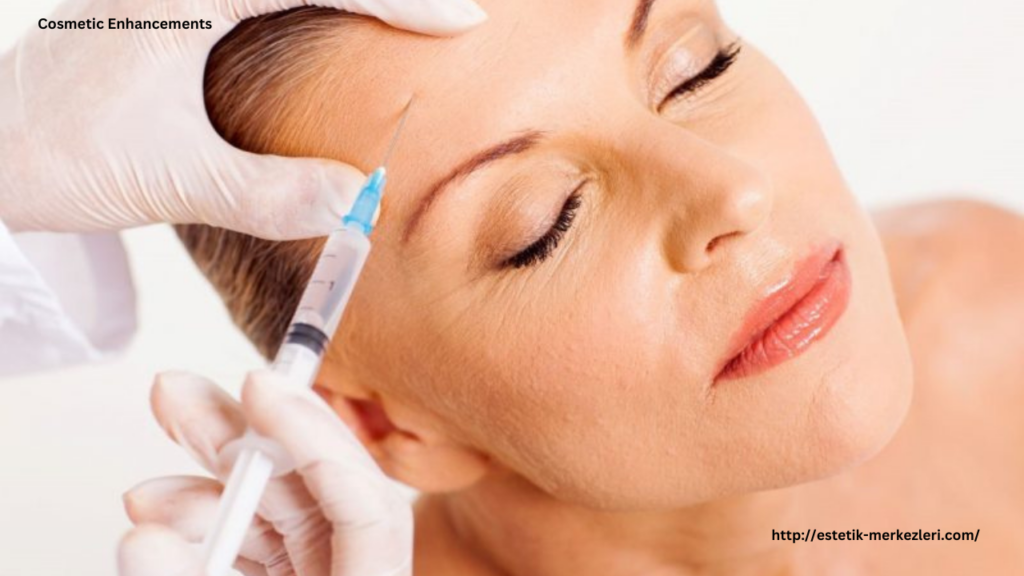
In today’s beauty-conscious world, cosmetic procedures have become as common as haircuts or manicures. What once seemed like a luxury reserved for celebrities is now a routine part of everyday self-care for many people. While Botox, fillers, and non-invasive treatments were initially seen as occasional touch-ups, they have evolved into regular maintenance. But when enhancements become a routine, at what point does self-improvement turn into an endless cycle?
The Normalization of Cosmetic Enhancements
Gone are the days when cosmetic procedures were kept secret. Today, influencers, celebrities, and even everyday individuals openly discuss their treatments, making enhancements feel like a standard part of personal upkeep. Social media, in particular, has played a massive role in shifting the narrative—filters, airbrushed images, and flawless appearances have set unrealistic beauty standards, making people feel that they need continuous treatments to keep up.
Procedures like Botox and fillers, once associated with aging, are now widely used by younger people as preventative measures. Meanwhile, laser treatments, body contouring, and skin-tightening procedures have also become popular maintenance options. The beauty industry encourages this shift, marketing cosmetic work as a necessity rather than a luxury. The result? Enhancements become a never-ending commitment rather than an occasional boost.
When Cosmetic Work Becomes a Routine
For many, the appeal of cosmetic treatments is their accessibility and quick results. Unlike invasive plastic surgery, non-surgical procedures require little to no downtime, making them easy to incorporate into a busy lifestyle. A lunchtime Botox session or a quick filler touch-up is now as common as a trip to the spa.
However, as these treatments become habitual, the desire for perfection grows. Many start with a small procedure—a little lip filler, a touch of Botox—but as they become accustomed to their enhanced look, they begin to notice other areas that need improvement. This gradual increase in procedures can create a cycle where enhancements are no longer about occasional improvements but a constant effort to maintain an idealized version of oneself.
The Risks of an Endless Beauty Routine
While non-invasive cosmetic procedures are generally safe, excessive treatments can lead to unintended consequences:
- Overdone Appearance: Frequent use of fillers and Botox can result in an unnatural, frozen, or exaggerated look, sometimes referred to as “pillow face” or “alienized features.”
- Psychological Dependence: Continuous cosmetic work can create anxiety about natural aging and imperfections, leading to an unhealthy reliance on procedures for self-worth.
- Financial Strain: Maintaining a cosmetic routine can become costly, with some individuals spending thousands of dollars annually to upkeep their enhanced appearance.
Finding Balance in Beauty
Cosmetic procedures can be empowering when used in moderation, but balance is key. It’s essential to recognize when enhancements shift from being a choice to a compulsion. Taking breaks from treatments, embracing natural beauty, and focusing on overall well-being—rather than just appearance—can help maintain a healthier relationship with cosmetic enhancements.
At the end of the day, beauty is not just about flawless skin or sculpted features—it’s about confidence, self-acceptance, and knowing that perfection isn’t the goal.